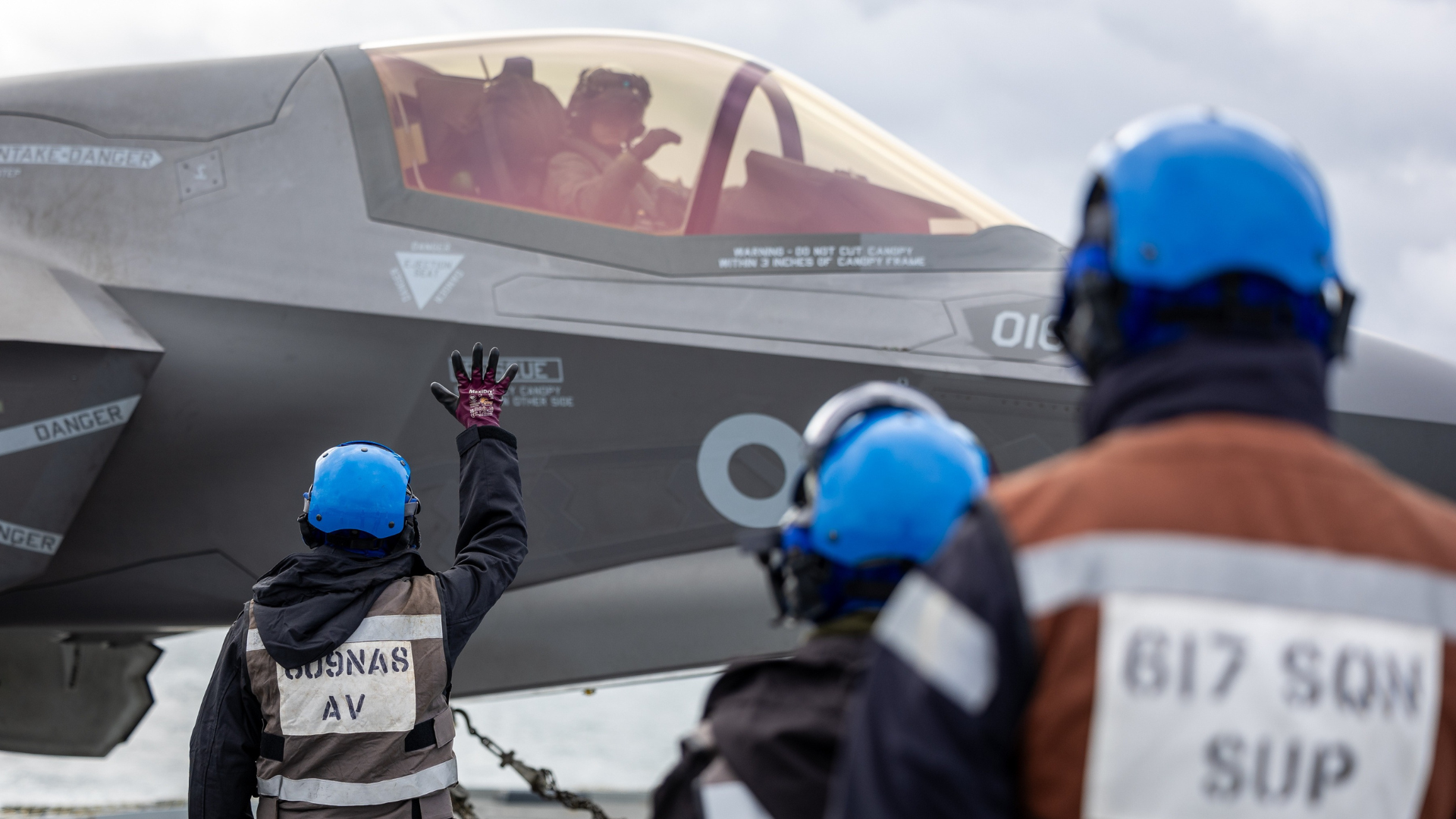
Written by Prenavin Mudaly, Industry Secondee
The UK Government recently outlined its new defence posture and strategy, making a commitment to steadily increase investment in defence, reaching 2.5% of GDP in 2030/31, surpassing the prior 2% commitment. The UK Government’s plan involves significant investment, starting with an increase of 2.32% in 2024/25 and steadily increasing by 0.03% each year to 2.5% by 2030/31. This amounts to an additional £75 billion on defence over the next six years which will aim to reinforce national defence, create jobs, support the defence industry, and strengthen alliances.
The strategy focuses on three immediate areas:
- Firing up the UK defence industrial base, including a new munitions strategy.
- Accelerating investment in new defence technology.
- Providing long-term support to Ukraine.
To address the urgent need for munitions replenishment, highlighted by the conflict in Ukraine, the plan allocates £10 billion over the next decade to grow the domestic UK munitions production pipeline and increase UK stockpiles, emphasising domestic production for sovereignty and job creation. The overarching vision of this investment is to ensure that the UK possesses suitable, sufficient, and resilient munitions stockpiles to enable sustained engagement in conflicts, when necessary, while also advancing future munitions capabilities for battlefield success.
The next key objective described in the plan is to accelerate investment in new defence technologies, leveraging research and development (R&D) and committing to ring-fence at least 5% of the defence budget for R&D from 2025-26 onwards. To achieve this, the UK Government will establish a Defence Innovation Agency (DIA) which will coordinate and direct scaled-up investment in R&D, focusing on emerging technologies and SMEs, although it is not yet clear what this means for existing bodies such as the Defence and Security Accelerator (DASA).
The plan describes structural and procedural reforms aimed to enhance the efficiency of increased defence spending, including the introduction of the Integrated Procurement Model, and a productivity enhancement plan. The highlights from this are:
- Prioritising requirements at departmental level.
- Emphasising integration across and between each domain.
- Prioritising exportability, by embedding export teams earlier in the acquisition process.
- Engaging with industry to give the strongest possible understanding of our future requirements.
- Facilitating faster procurement by delivering a minimum deployable capability.
Additionally, the plan recognises the UK workforce must develop its technical expertise to out-compete adversaries. Hence, a novel approach to planning and personnel is set out, which highlights the transformation of the workforce to adapt to evolving technologies, including upskilling personnel and improving recruitment processes.
As part of the UK’s commitment to NATO, it is necessary to consider how the UK would respond in the event of an attack. The current system for national resilience is captured in the National Risk Register and the Resilience Framework, which play crucial roles in enhancing the UK’s ability to respond effectively to various risks and emergencies. Planning is already underway with critical sectors for catastrophic scenarios. Using the latest threat assessment and bringing together civil and military planning, a new comprehensive National Defence and Resilience Plan (NDRP) is being developed to manage severe risks to the UK. The UK Government aim to present an expected outline of the plan in early 2025.
Overall, the UK aims to become a leading defence spender in Europe, urging others to match its commitment. Kevin Craven (CEO of ADS) shared his thoughts…
“The unexpected formal commitment of an additional £75 billion for Defence spending by the Prime Minister is one that industry and MoD welcome. As our world gets increasingly more dangerous, this unprecedented commitment to ensuring our collective security and the livelihoods of many throughout our country is necessary to our collective economic, social, and national advantage.
Industry awaits confirmation of where this spending will be focussed – and the opportunities for our members and sector which provides some £9.8 billion in value add to our economy each year. Of course, the true value of our sector – providing our safety, security and way of life – is not one that can really be economically quantified.”





